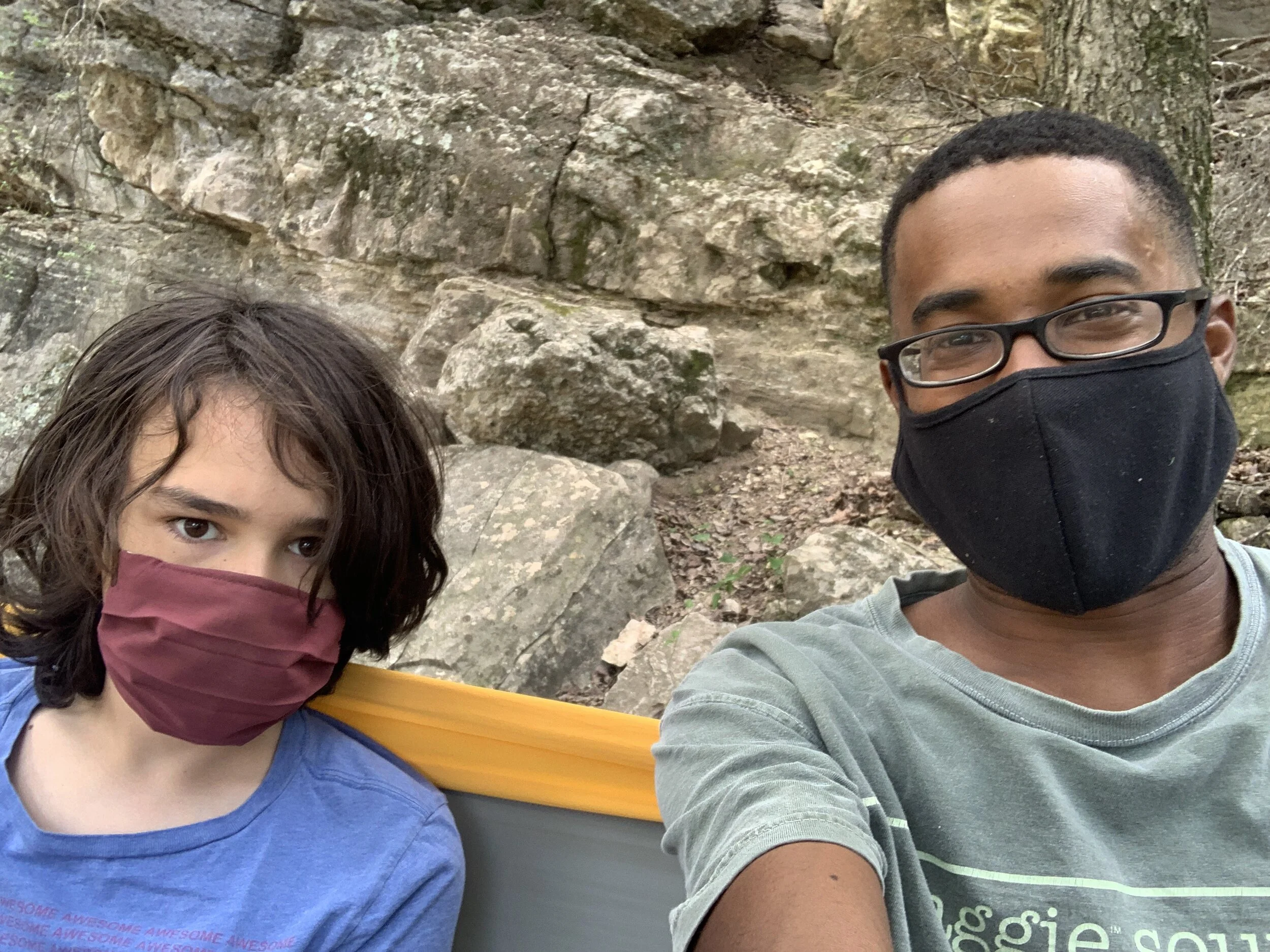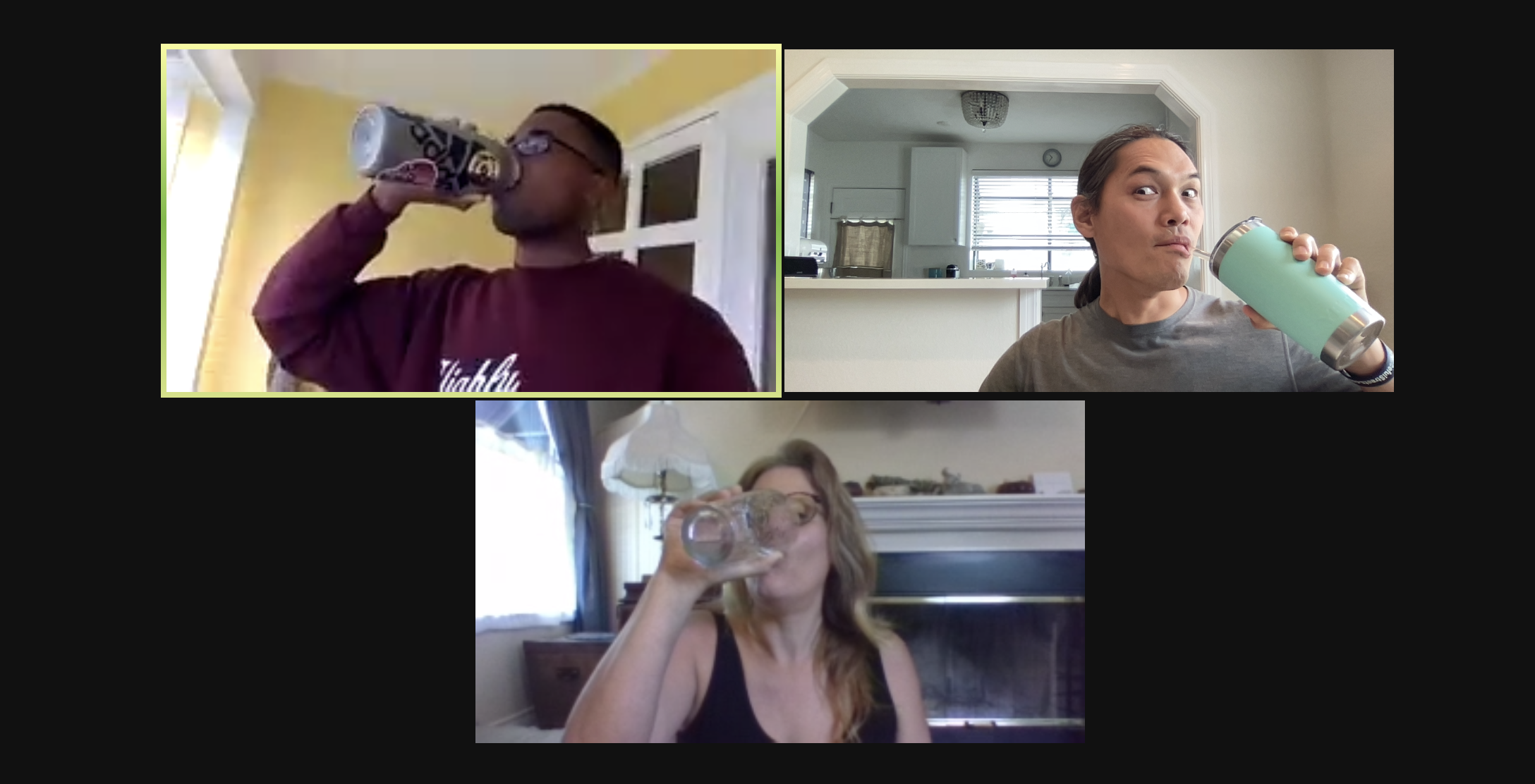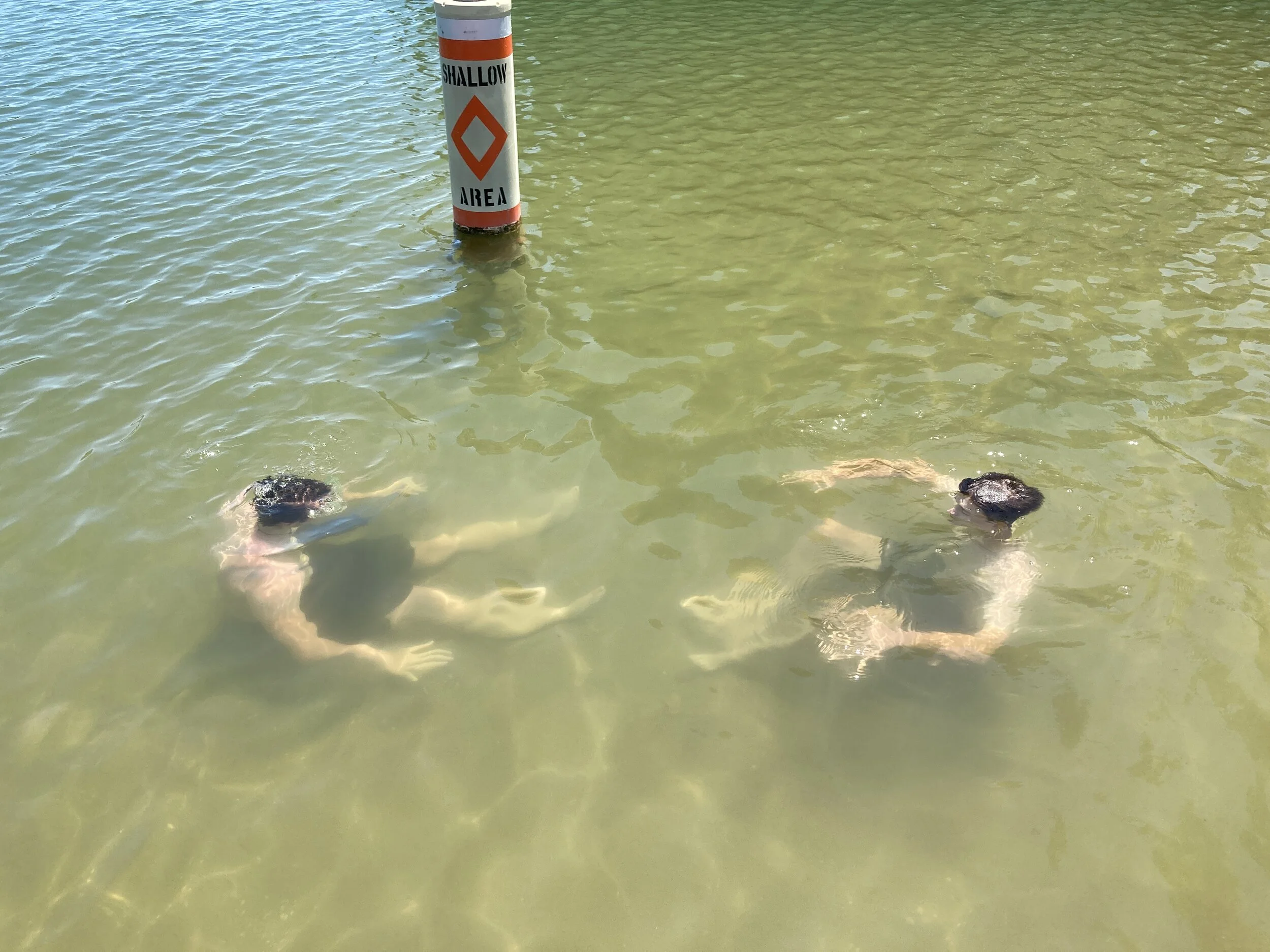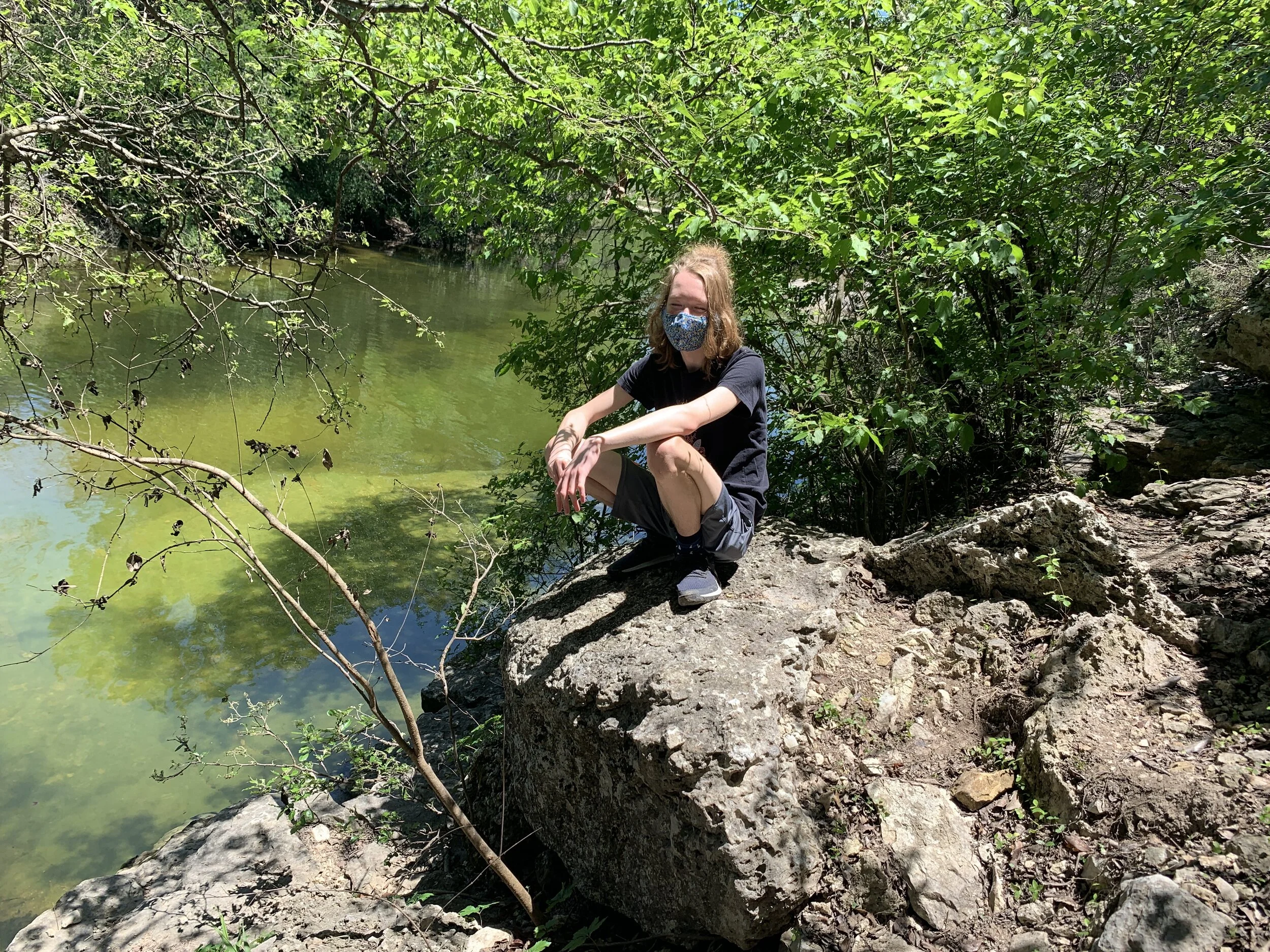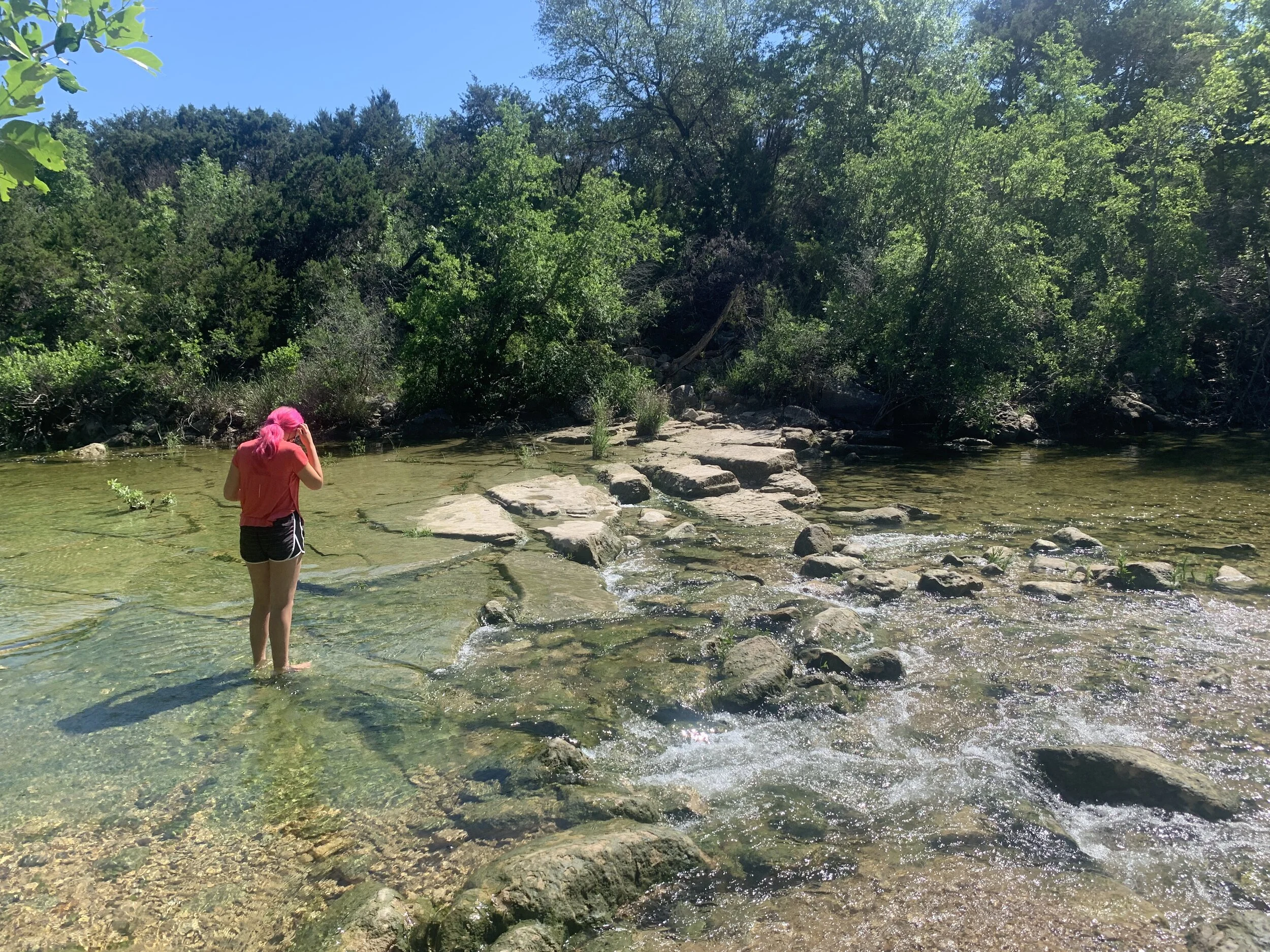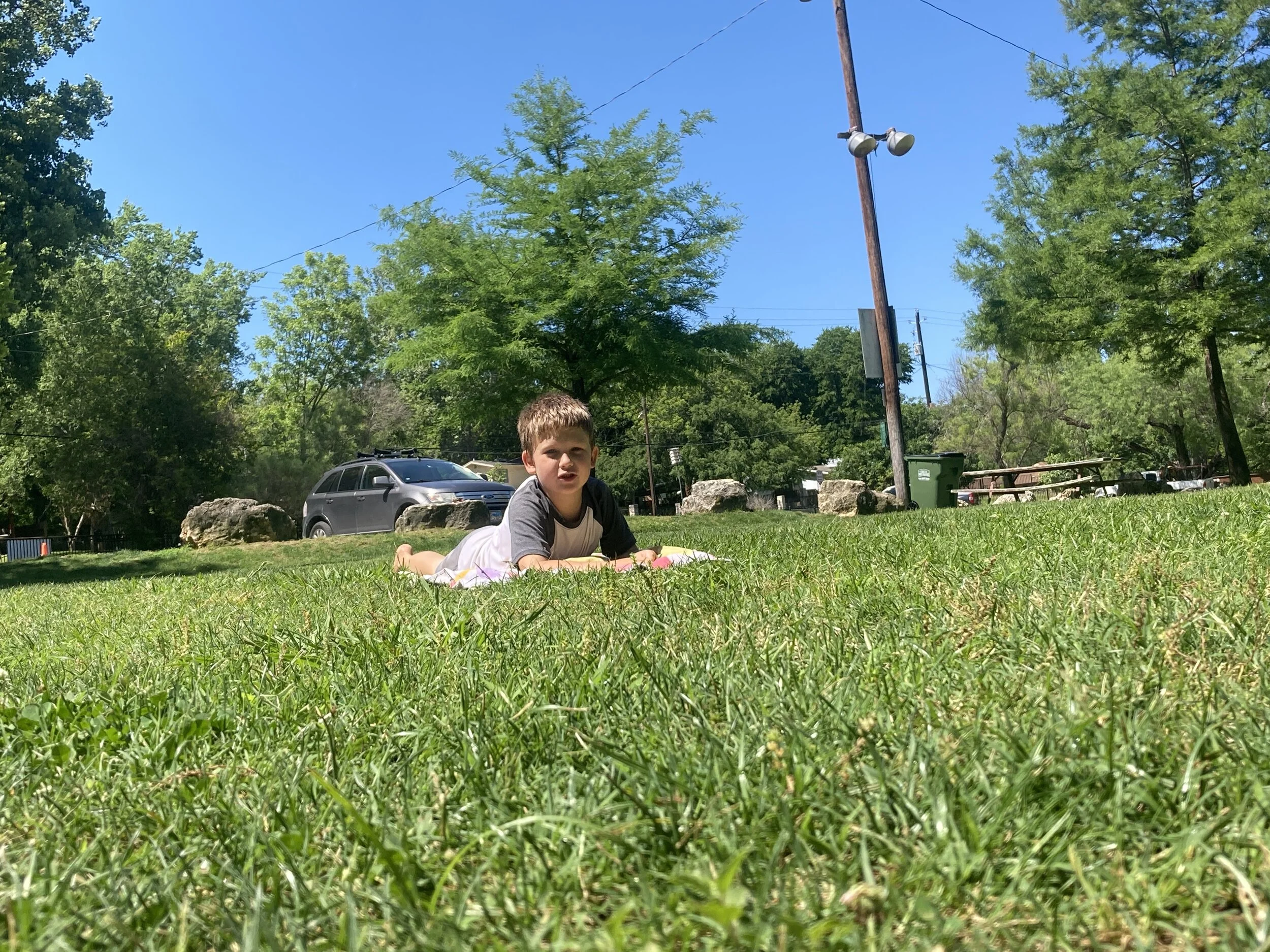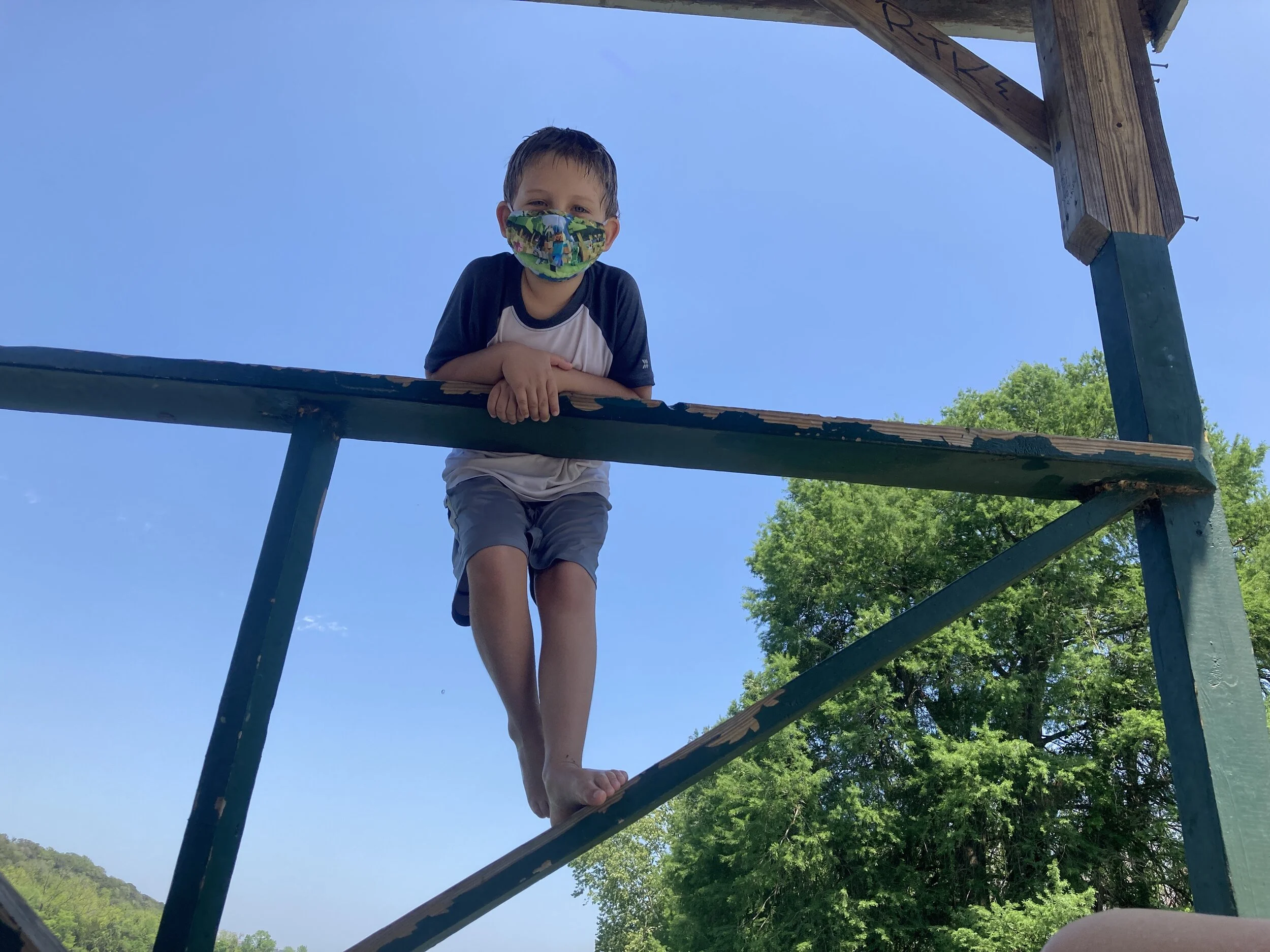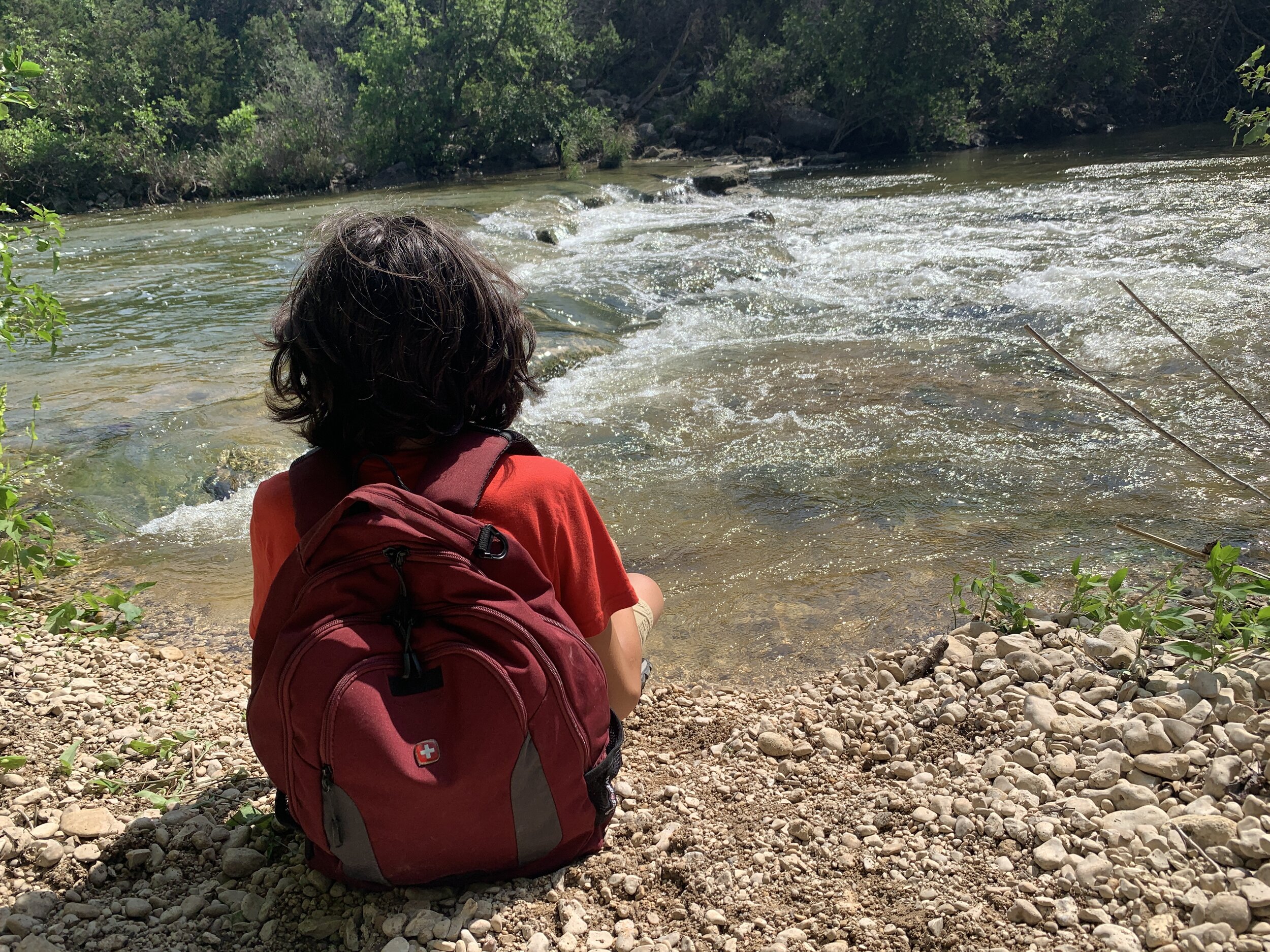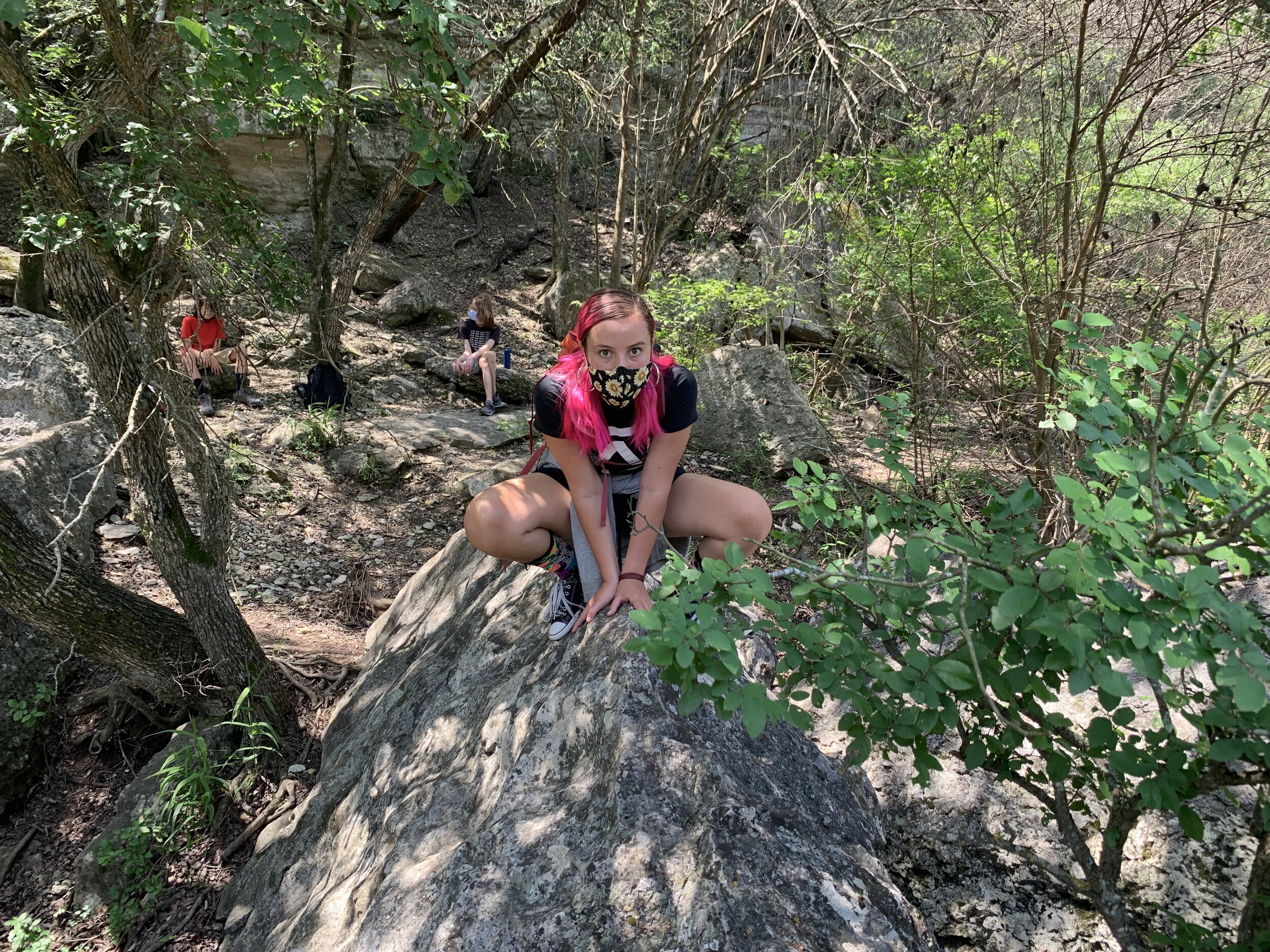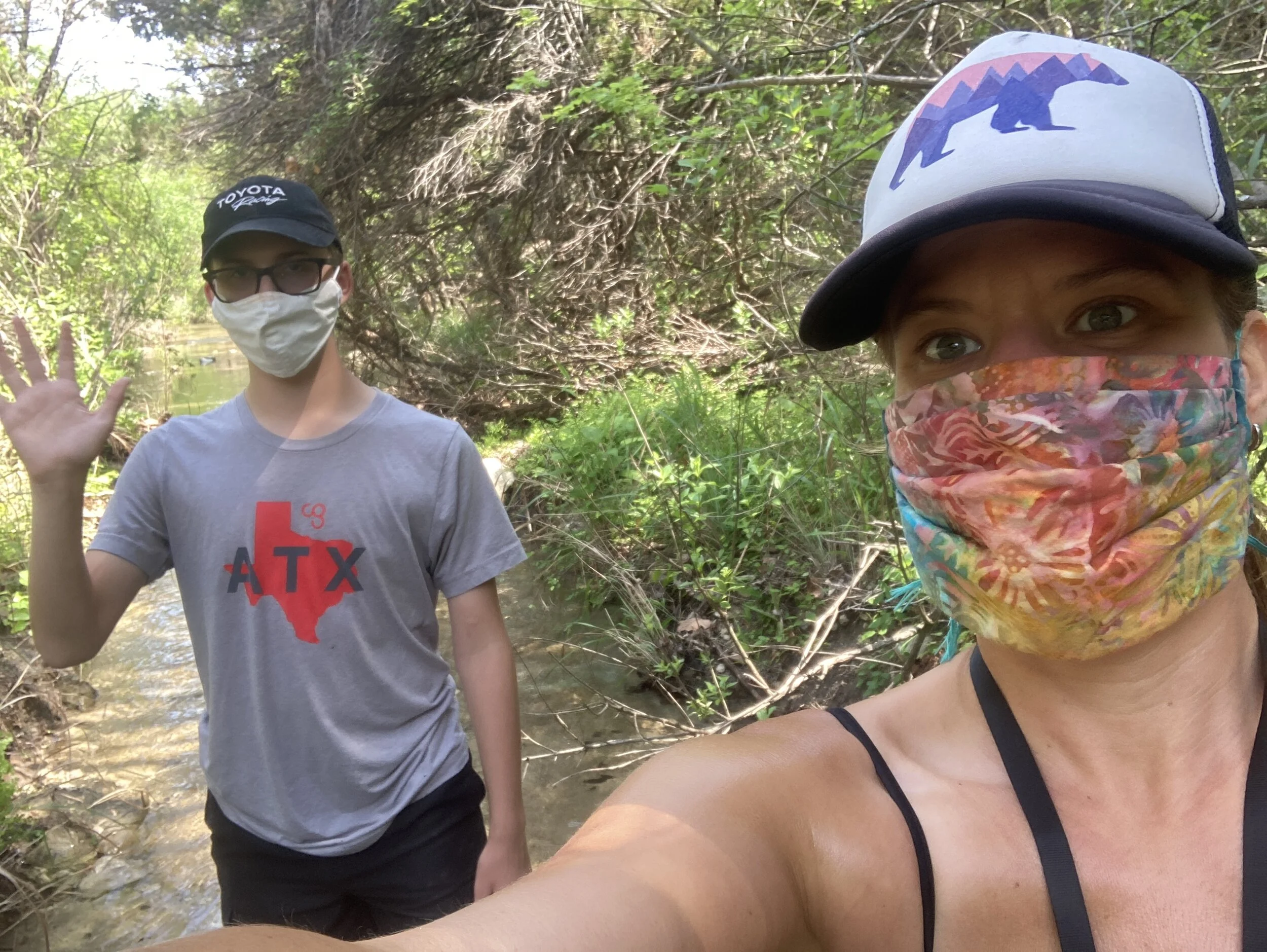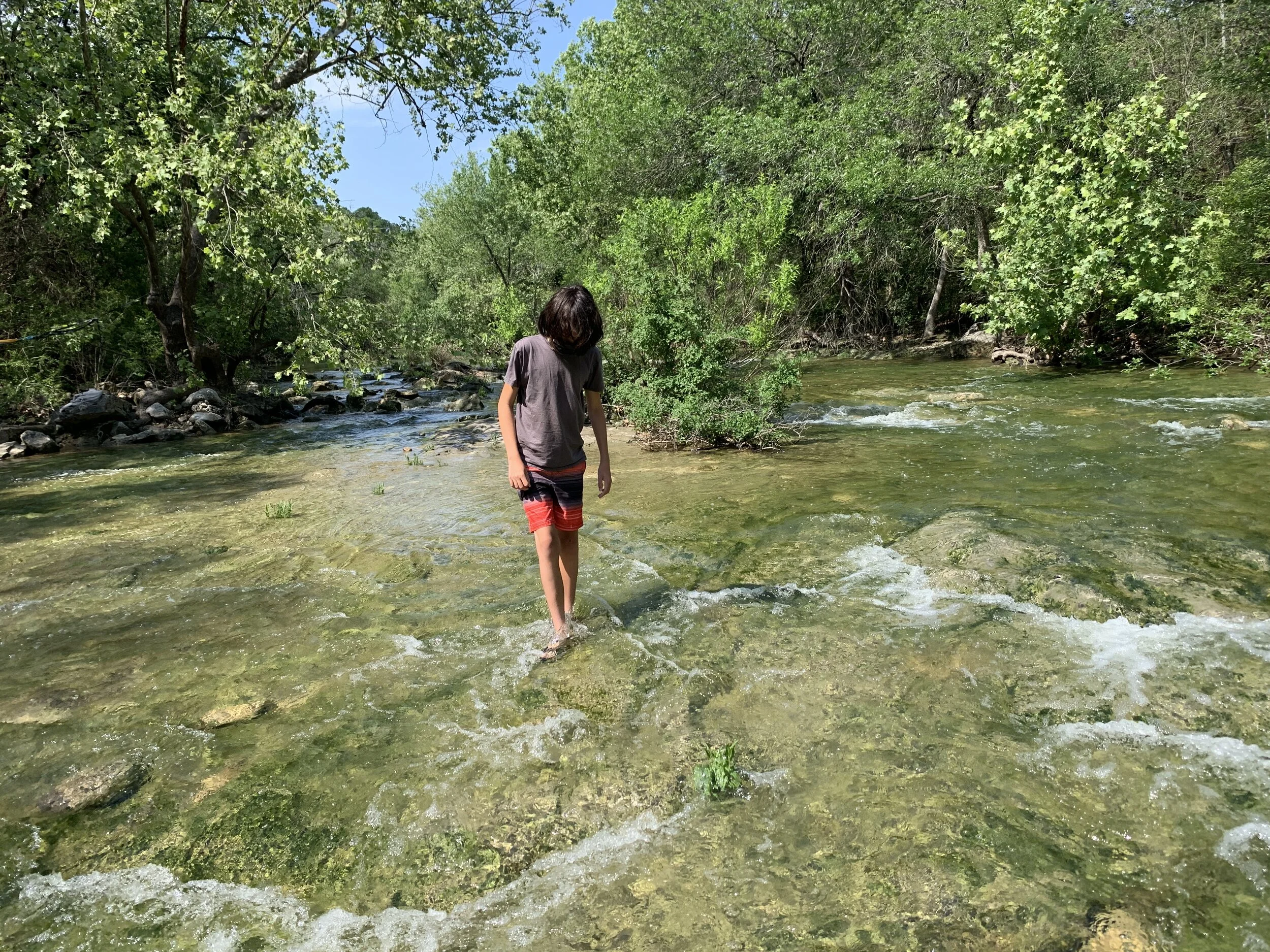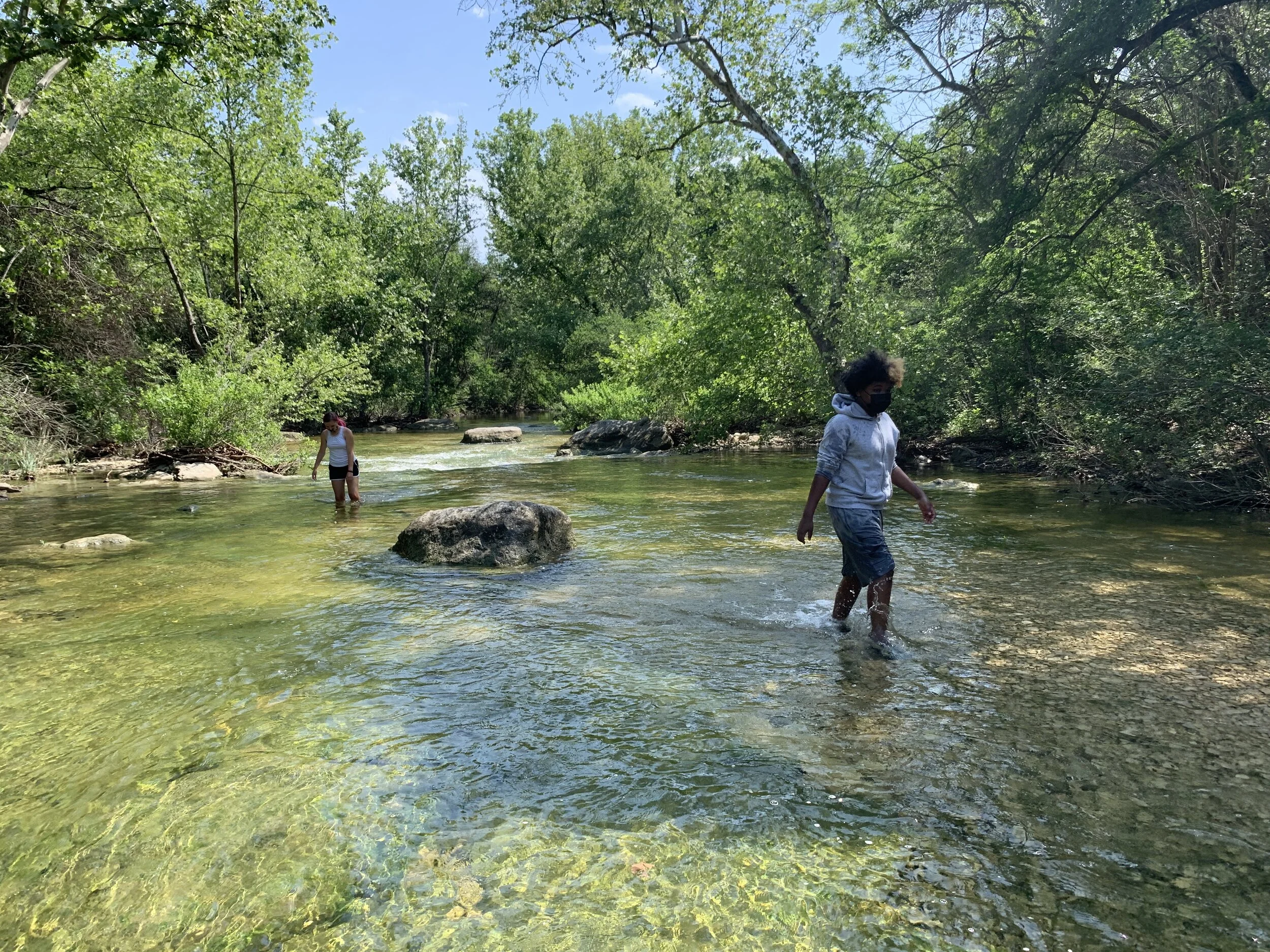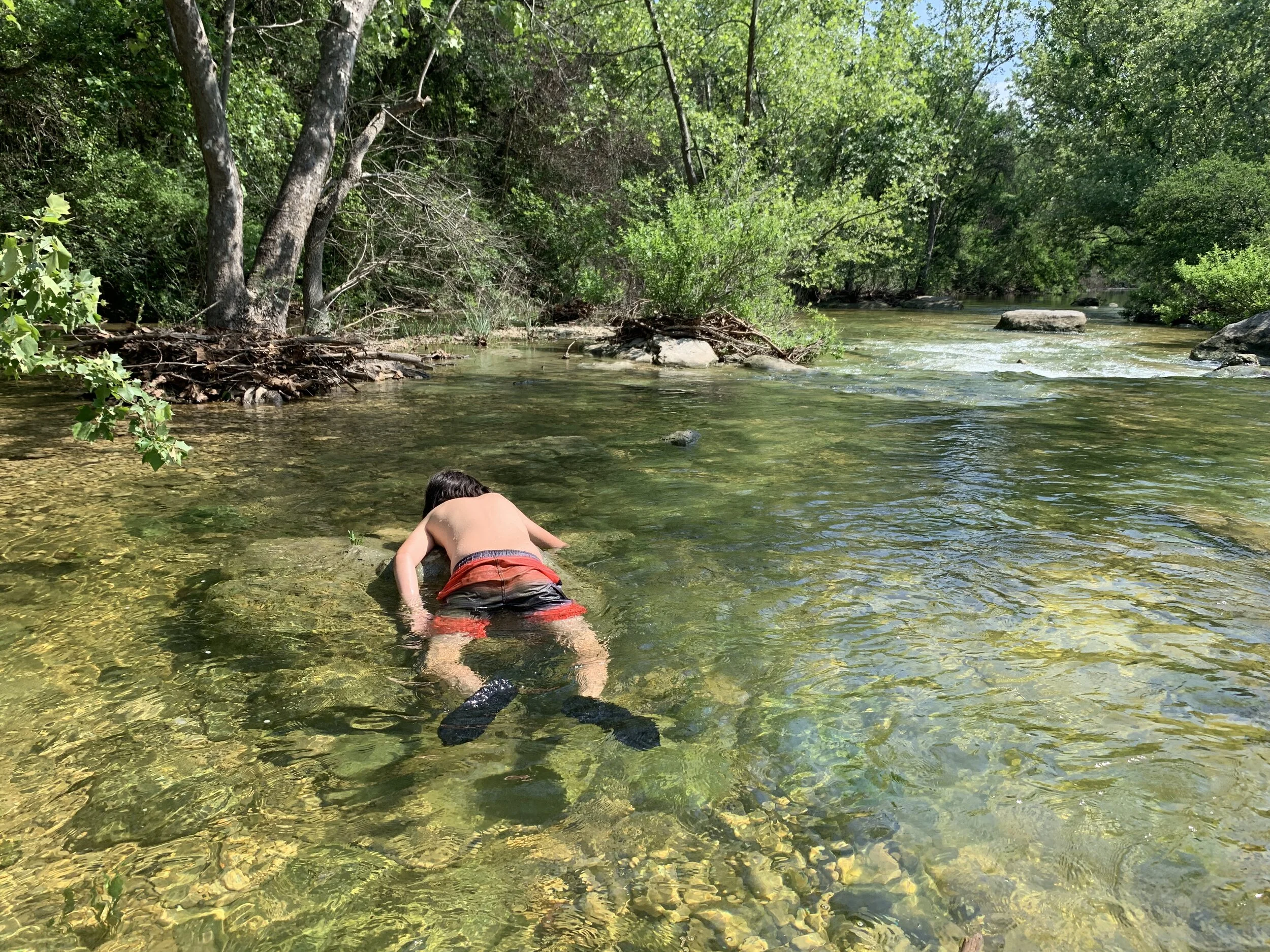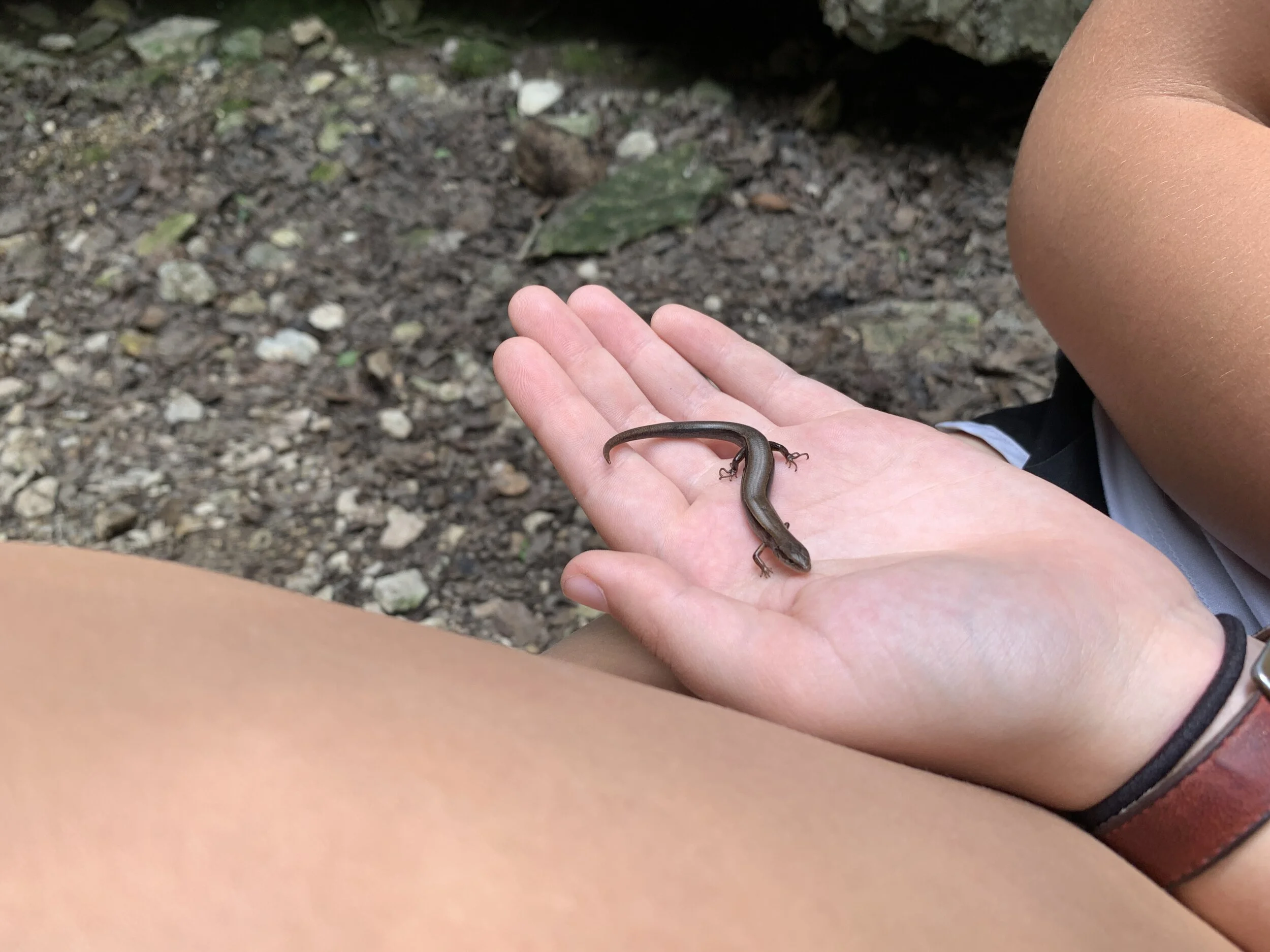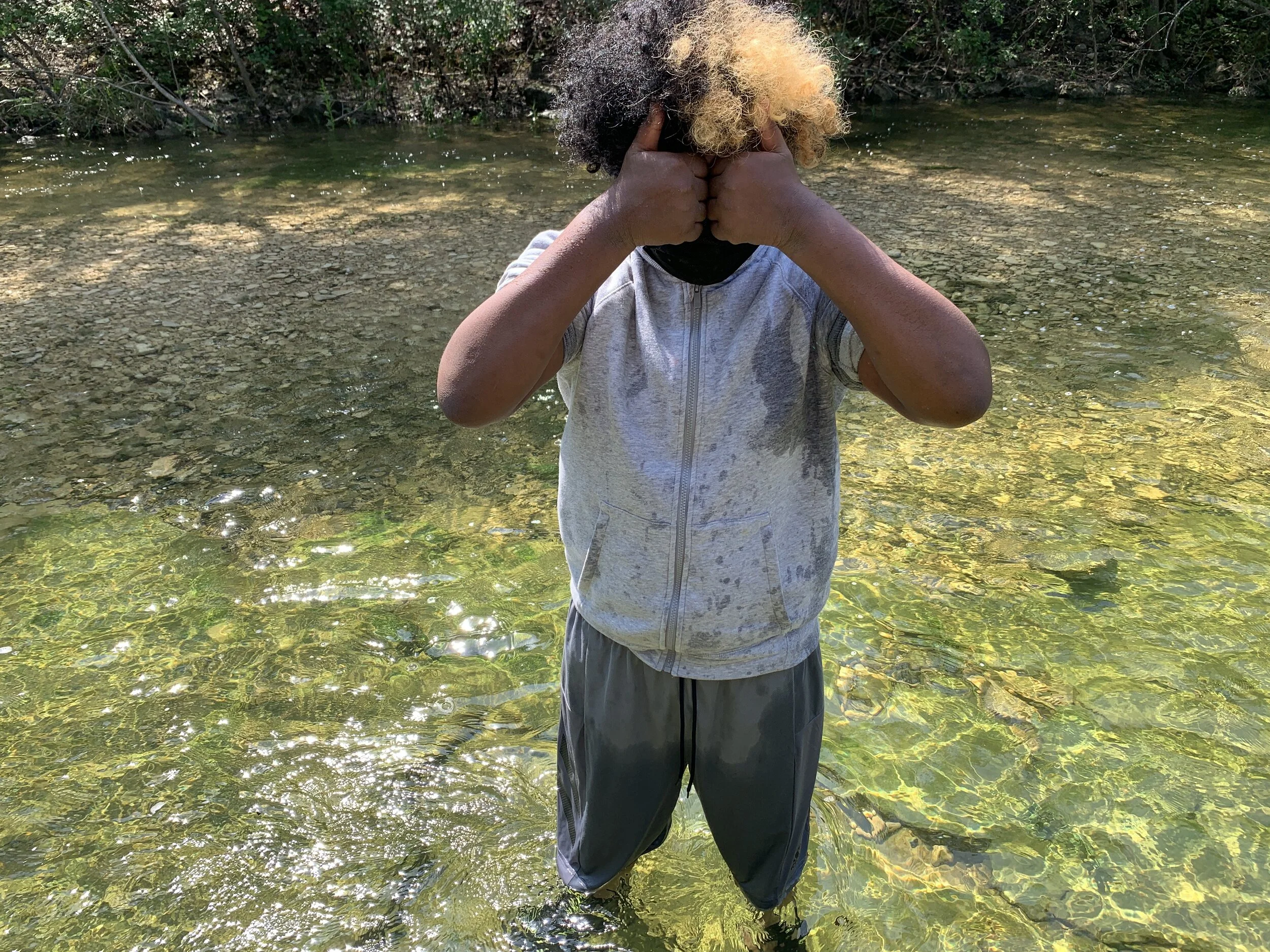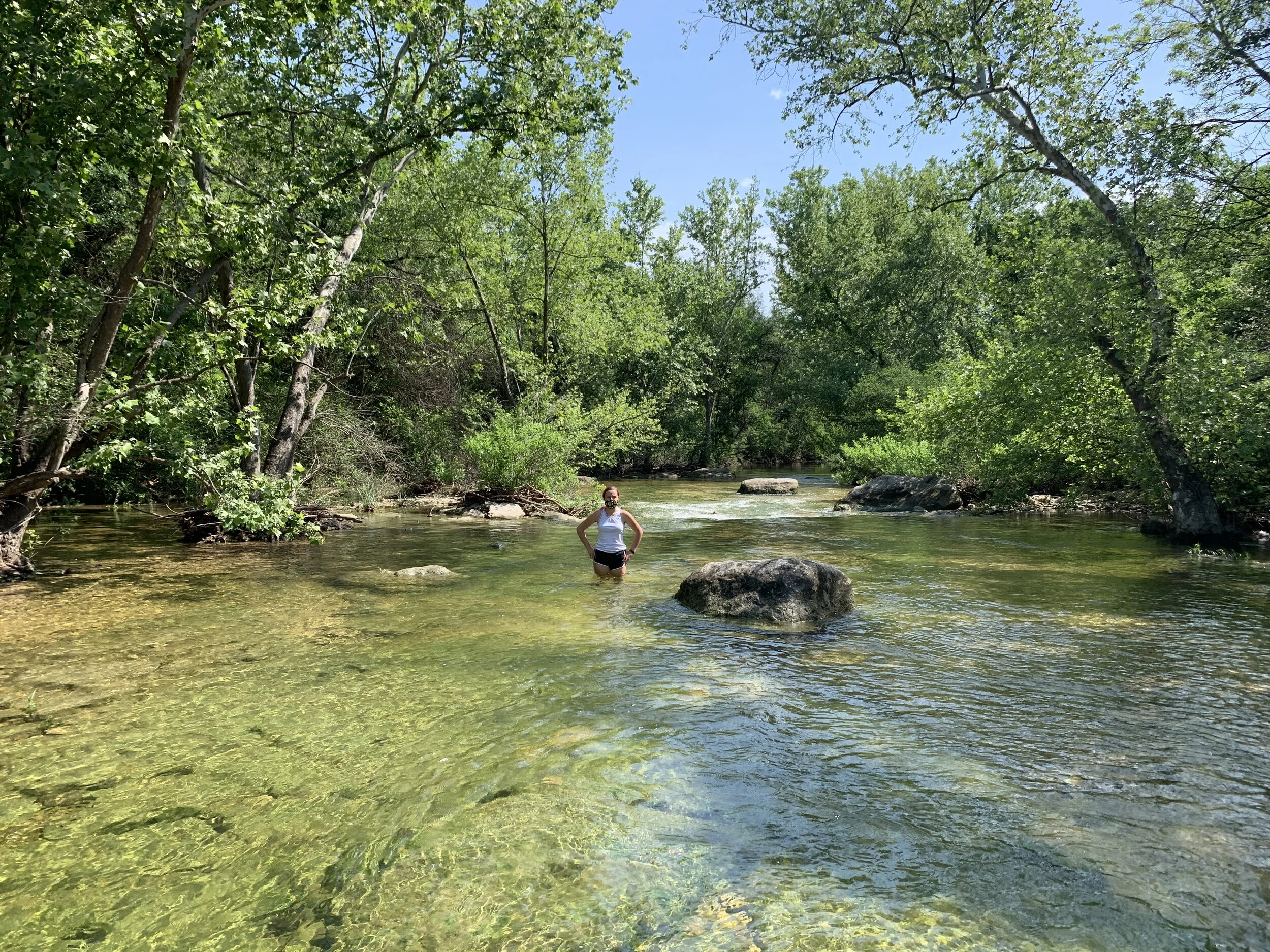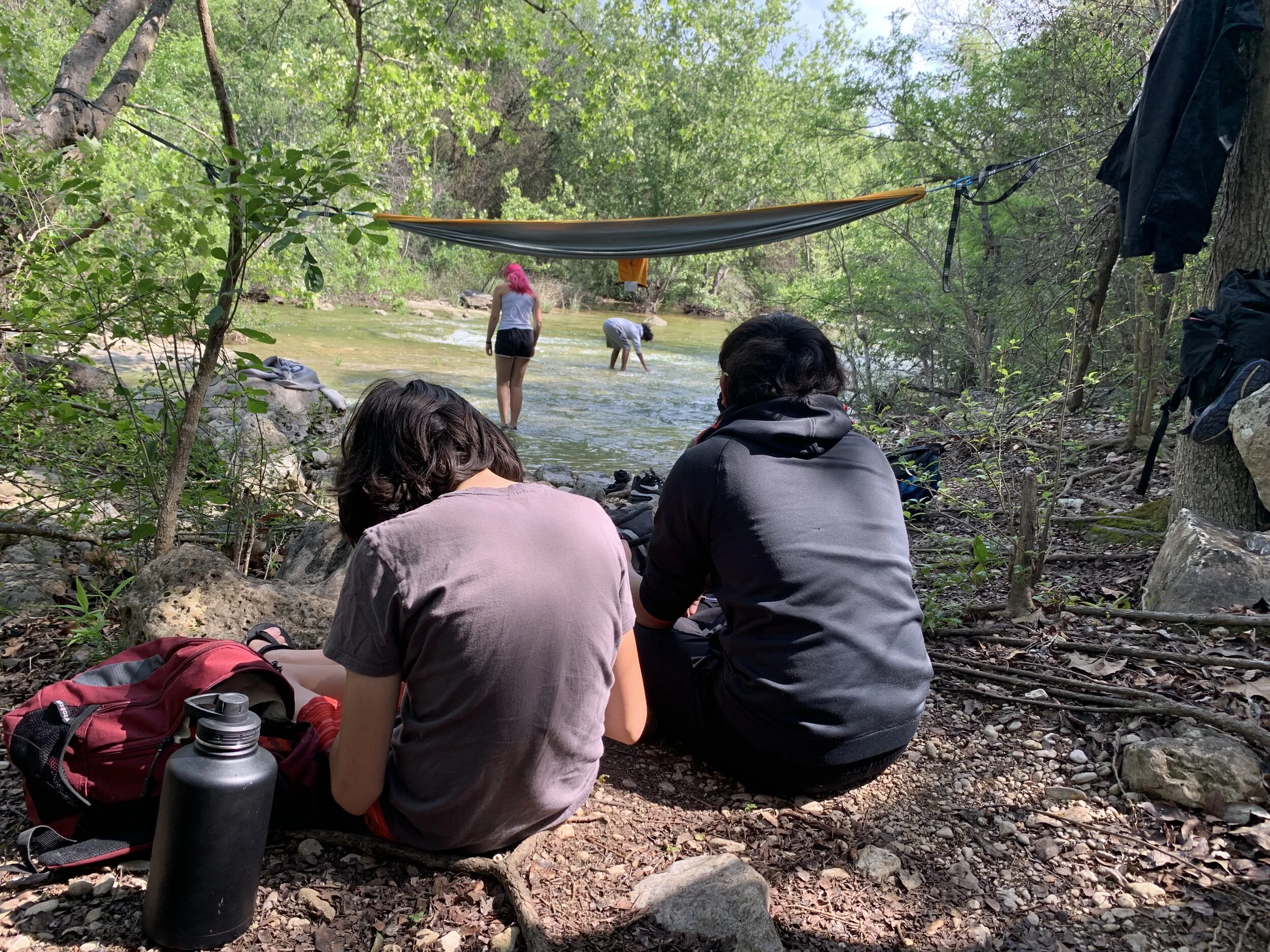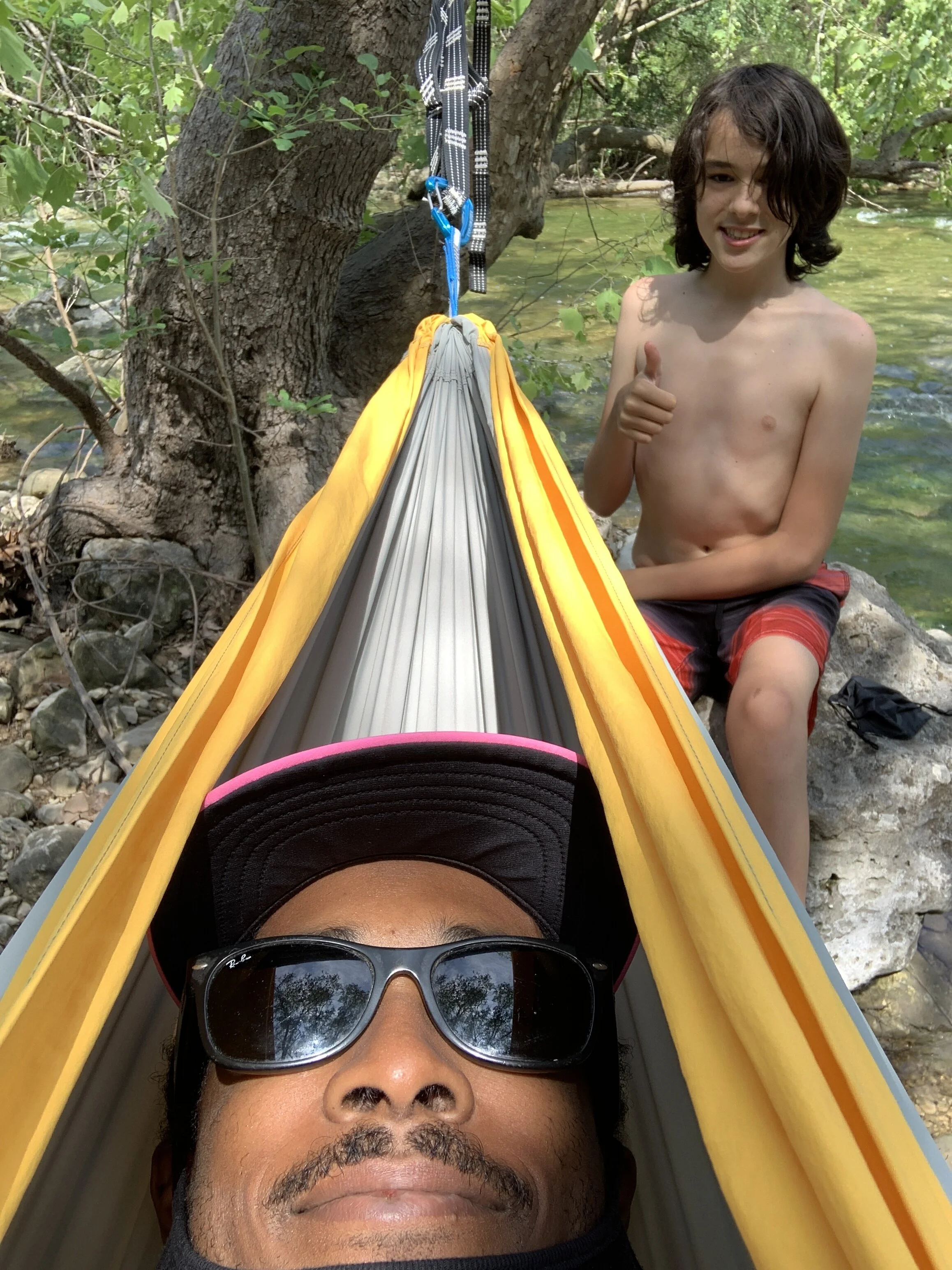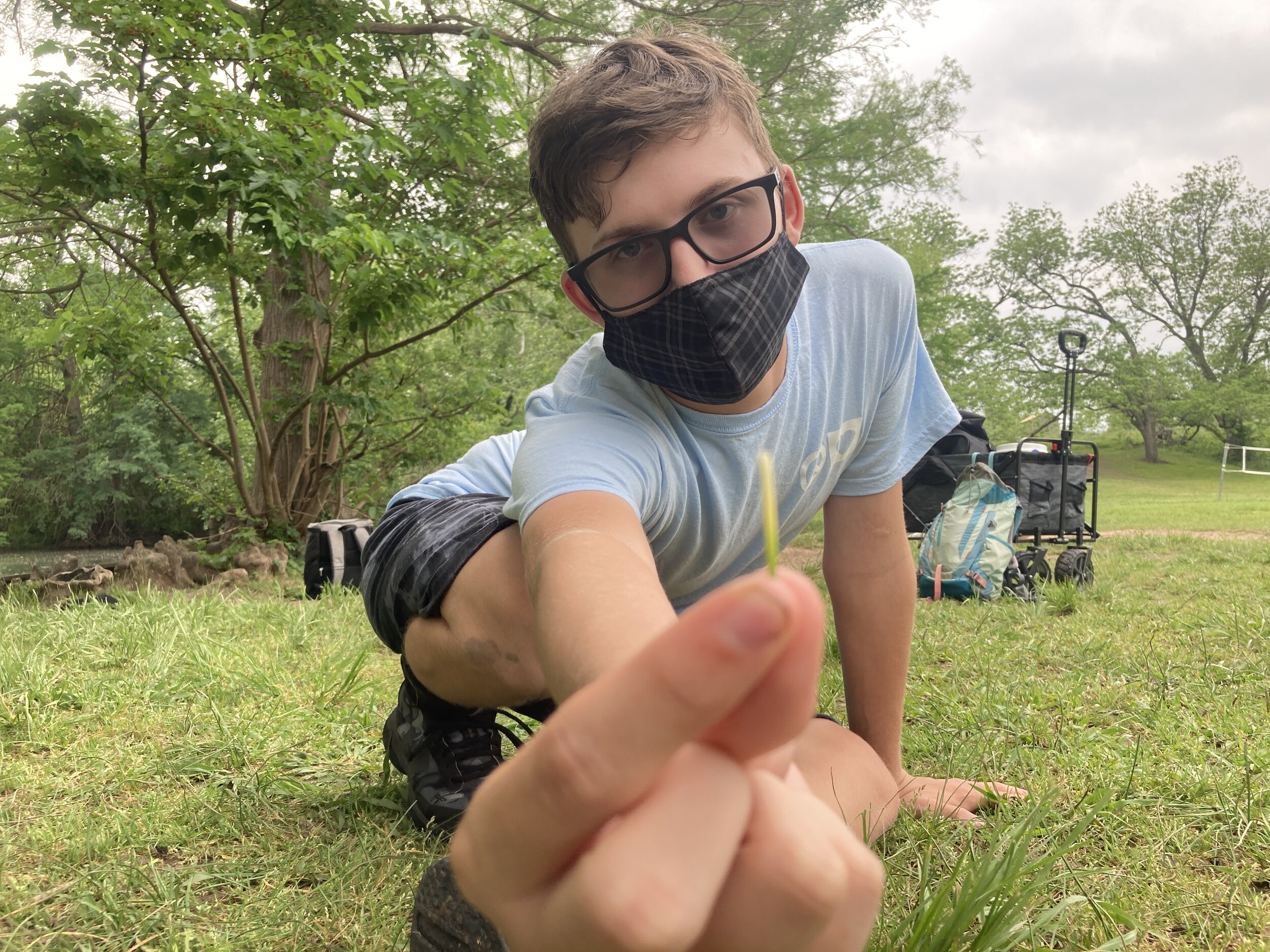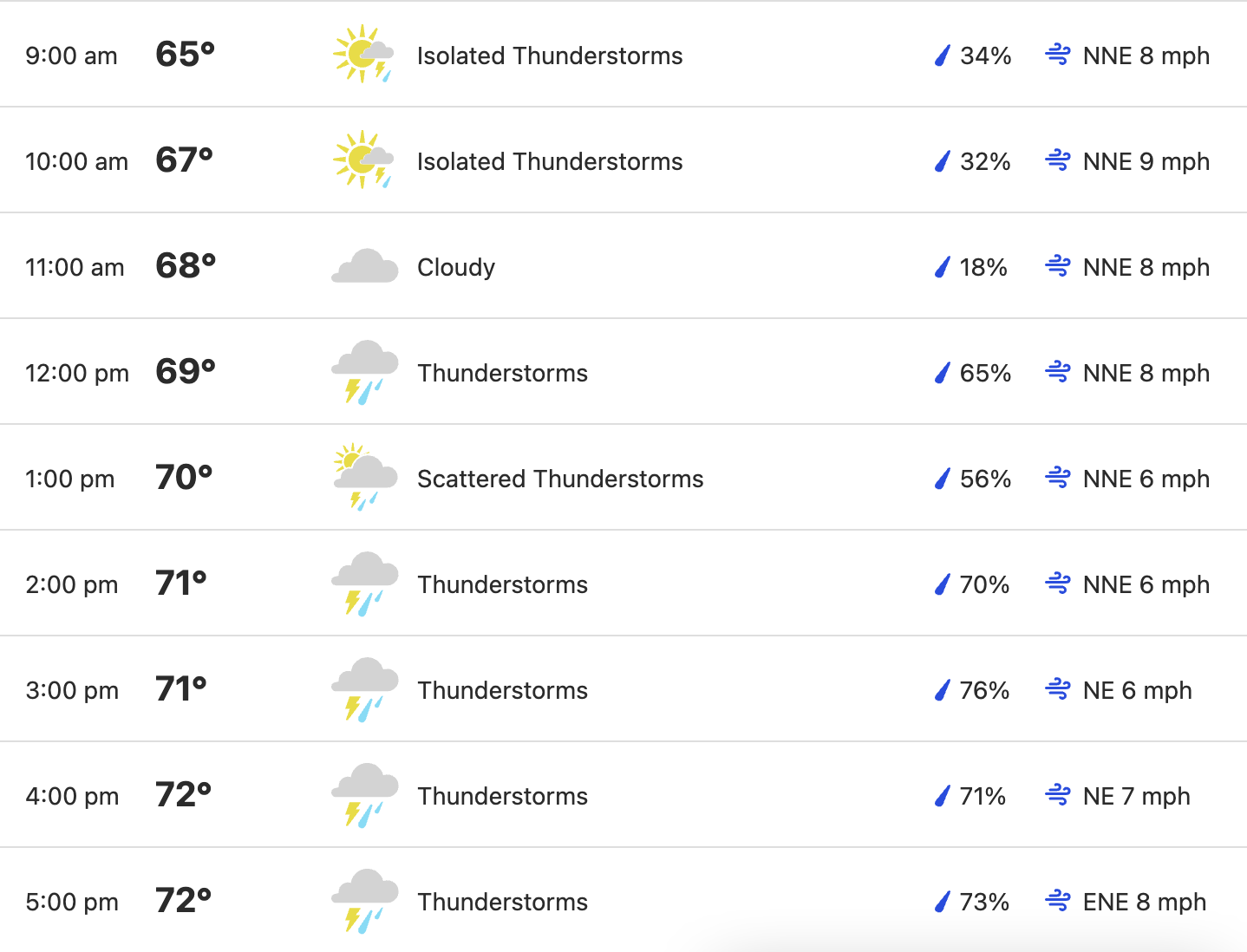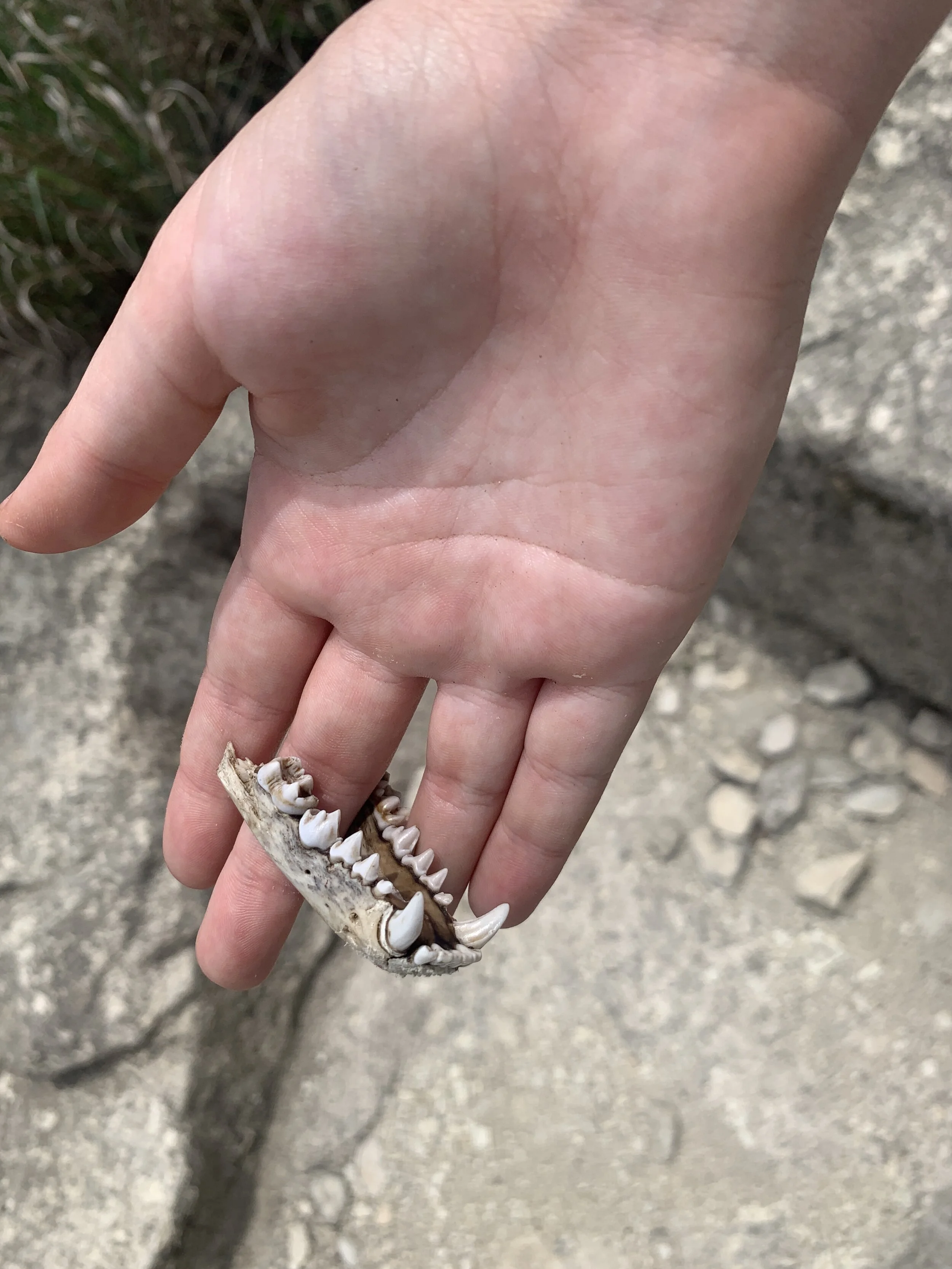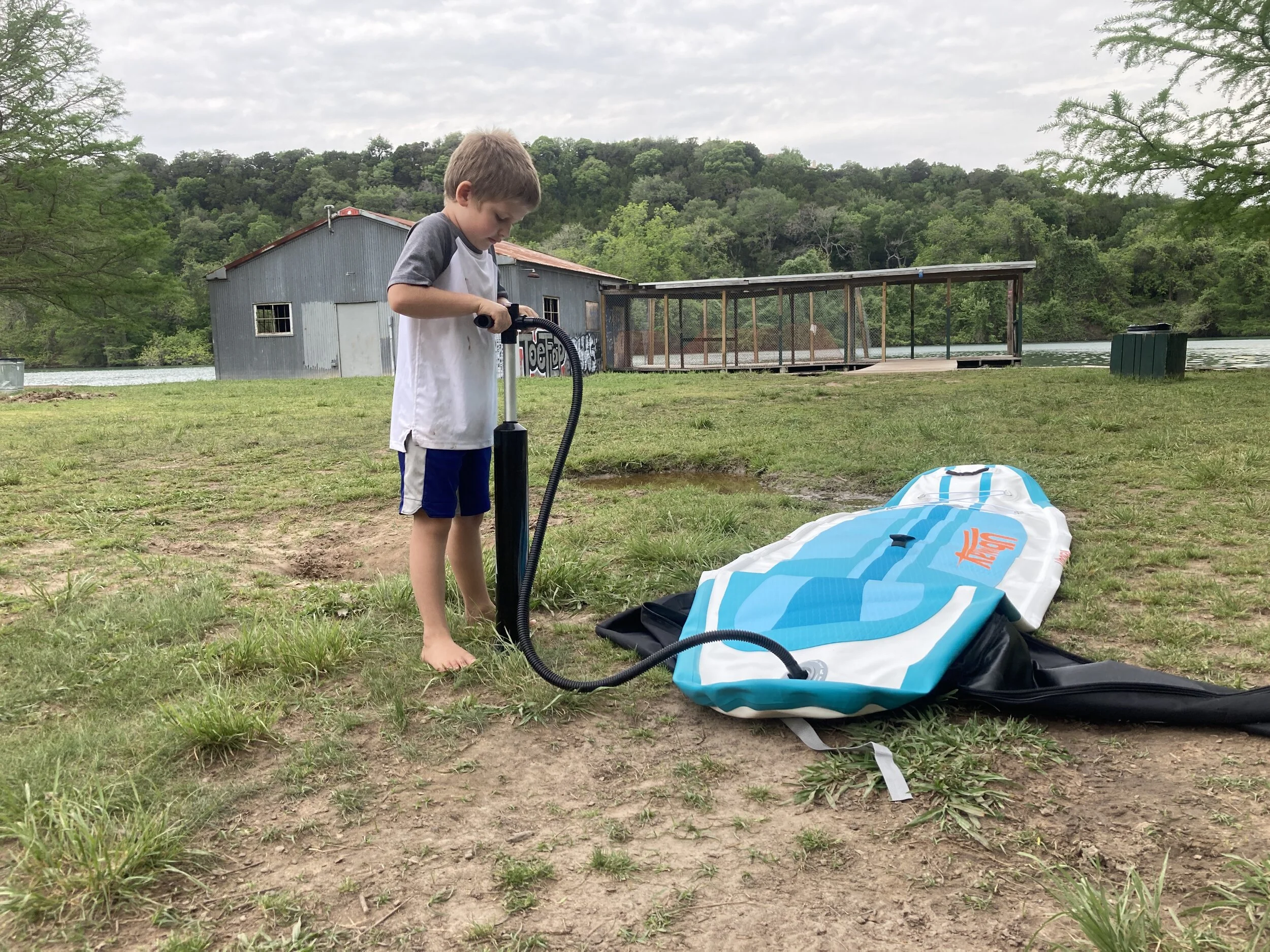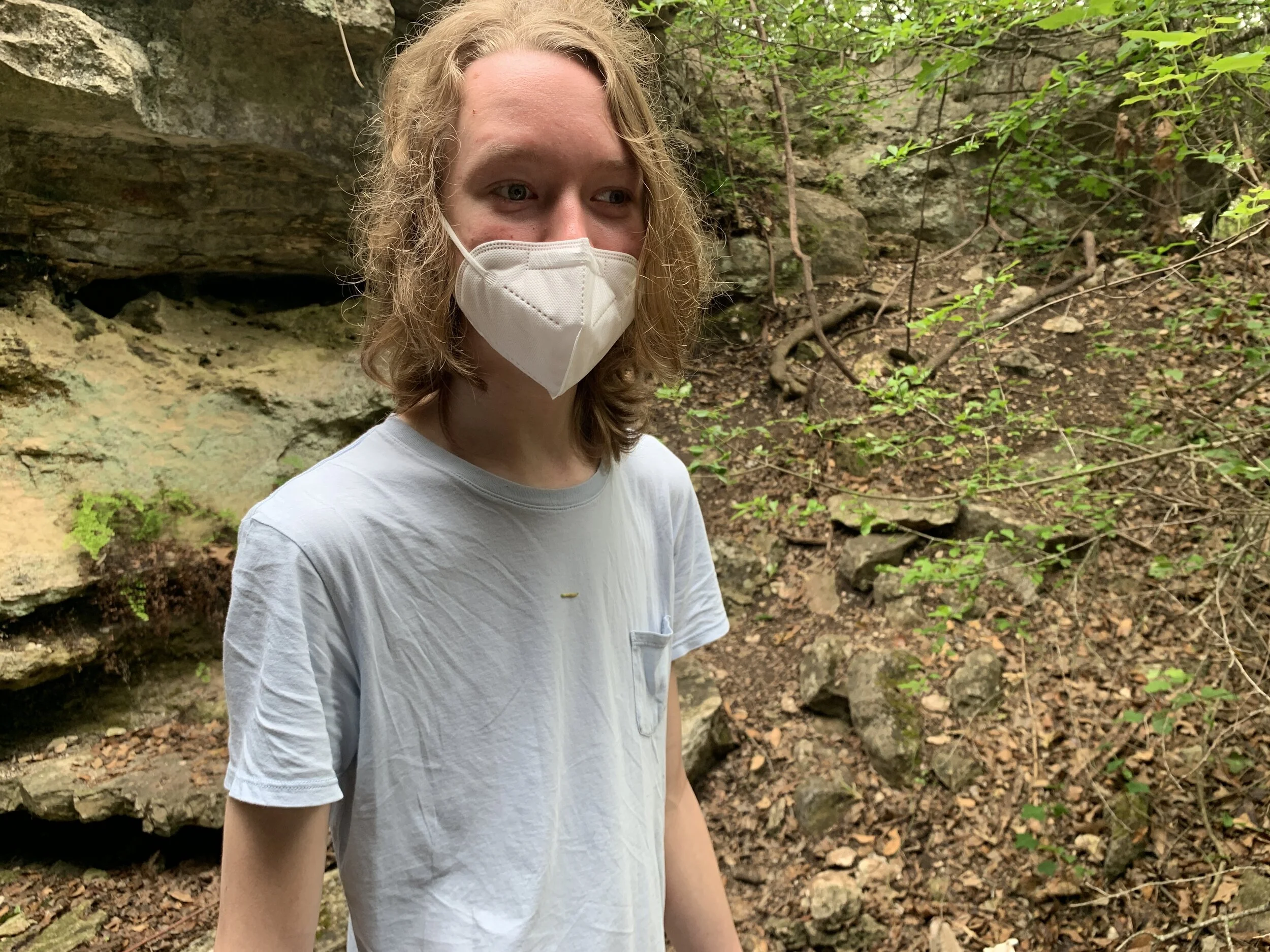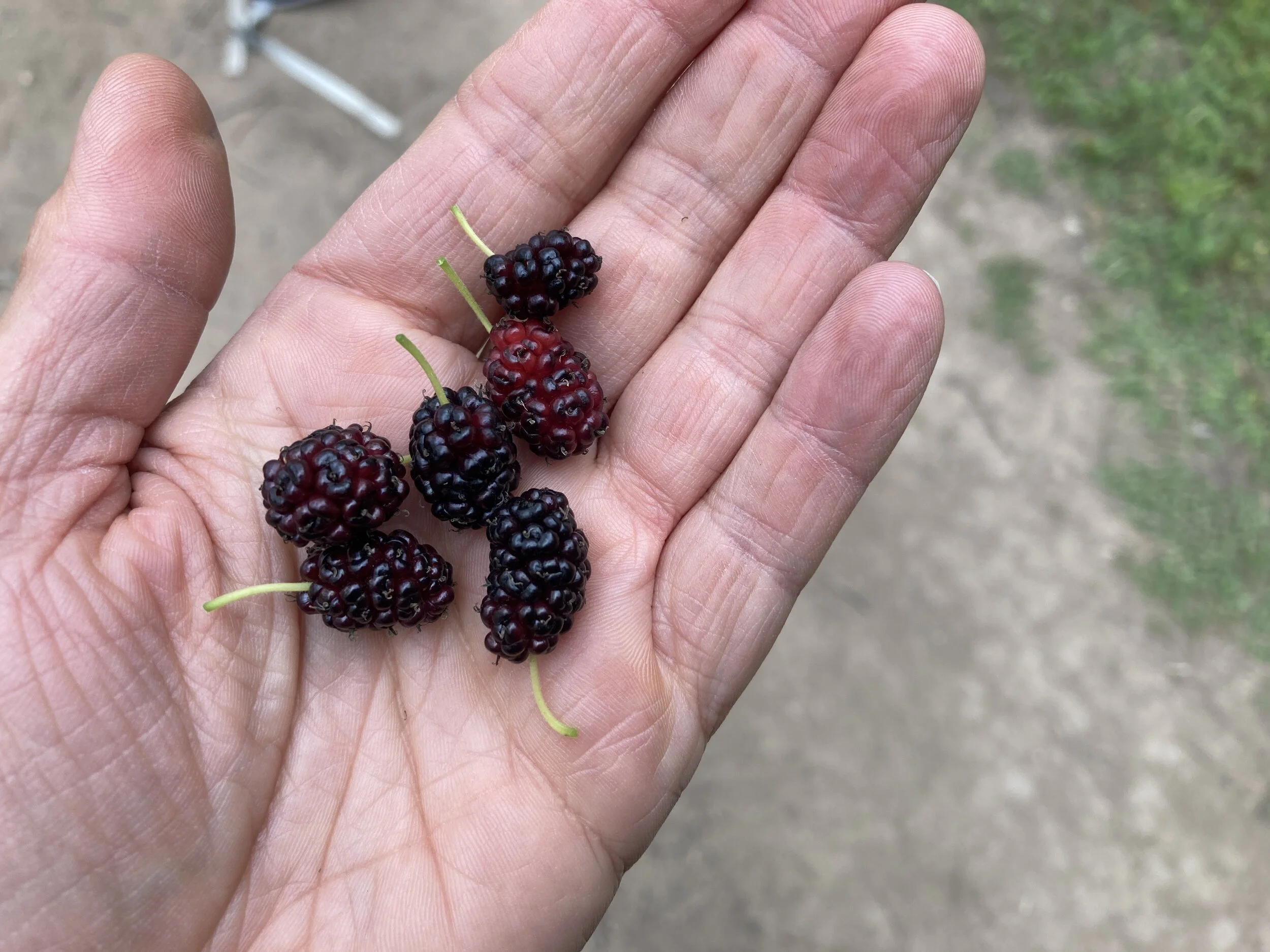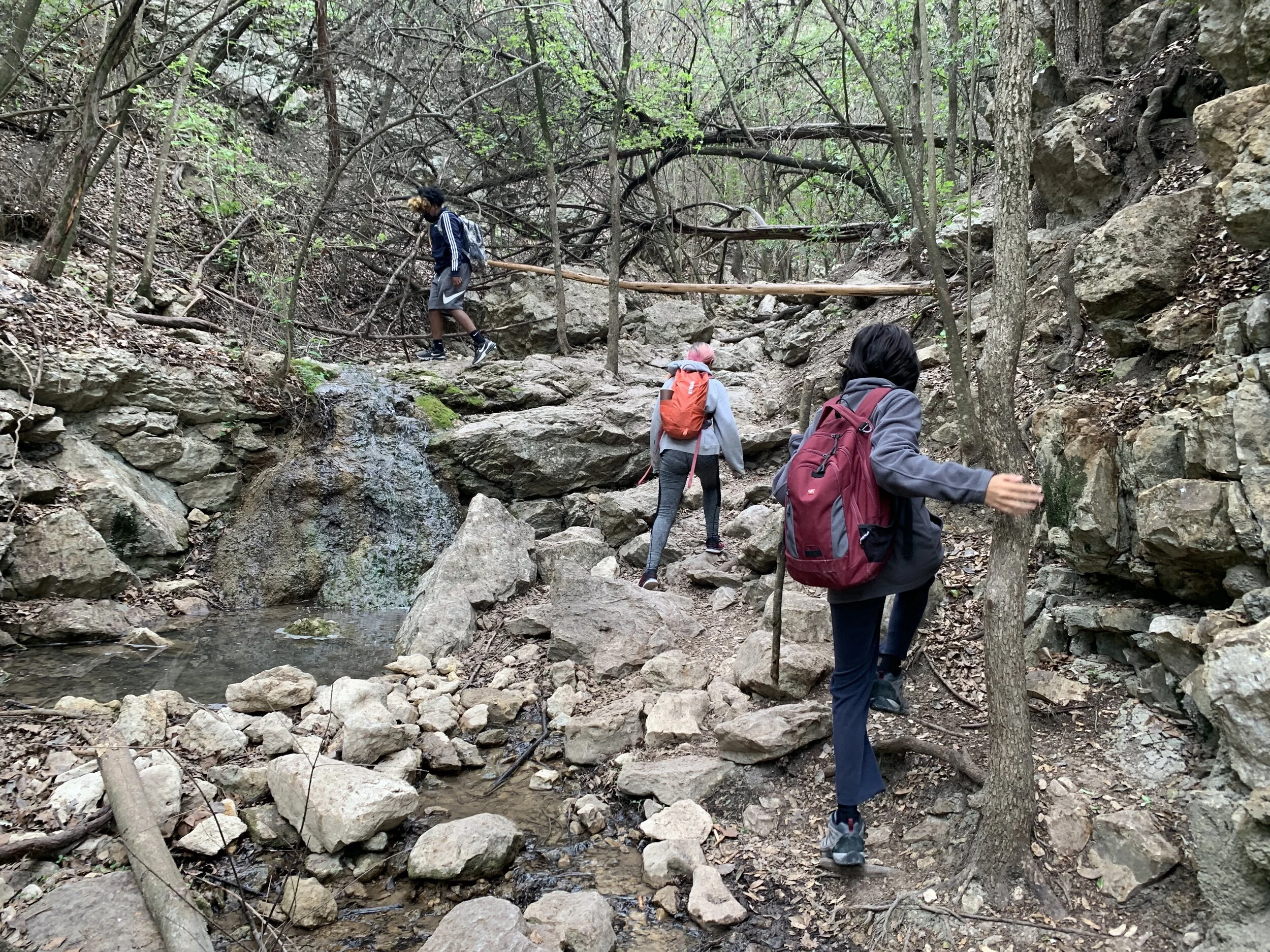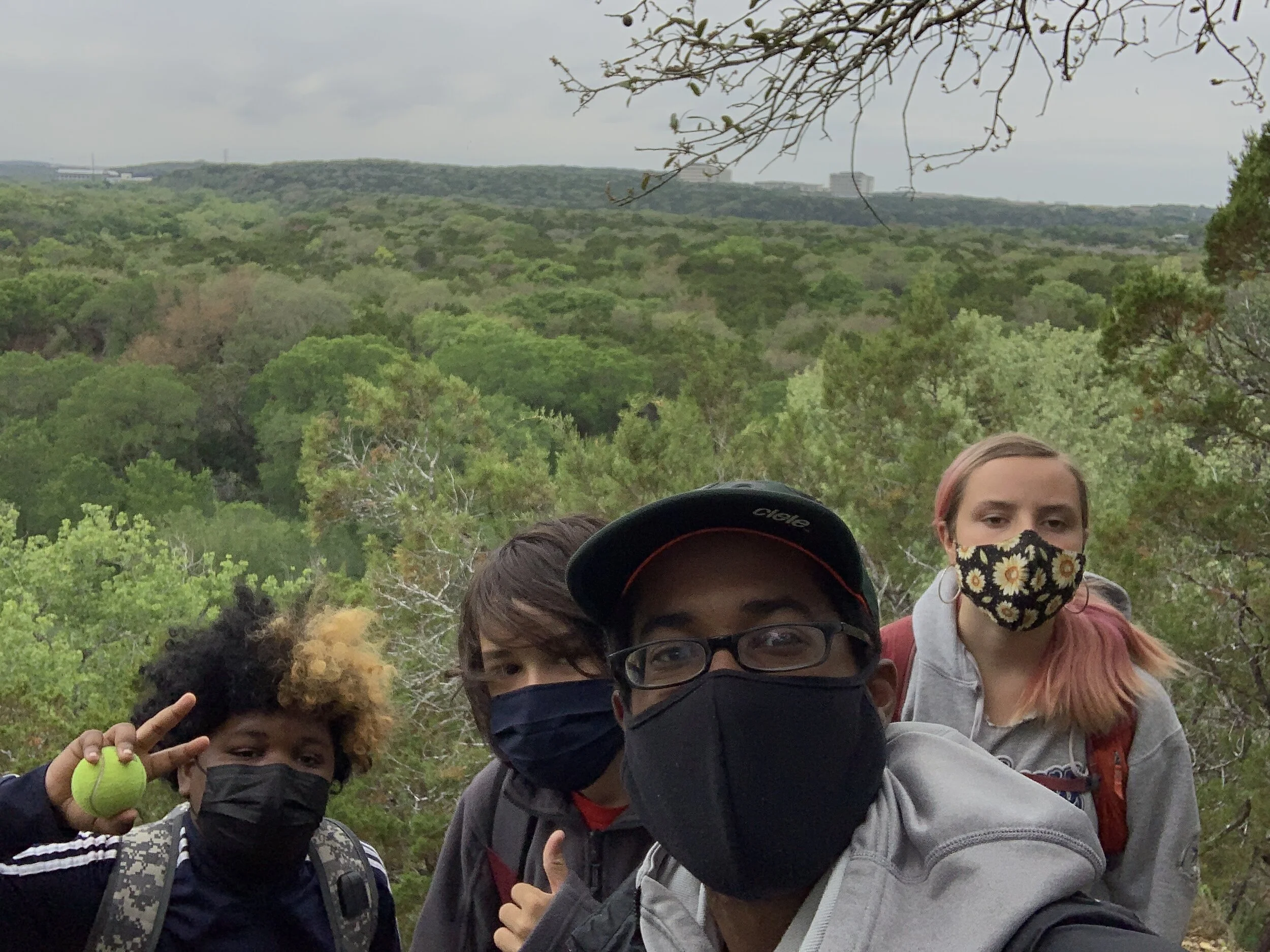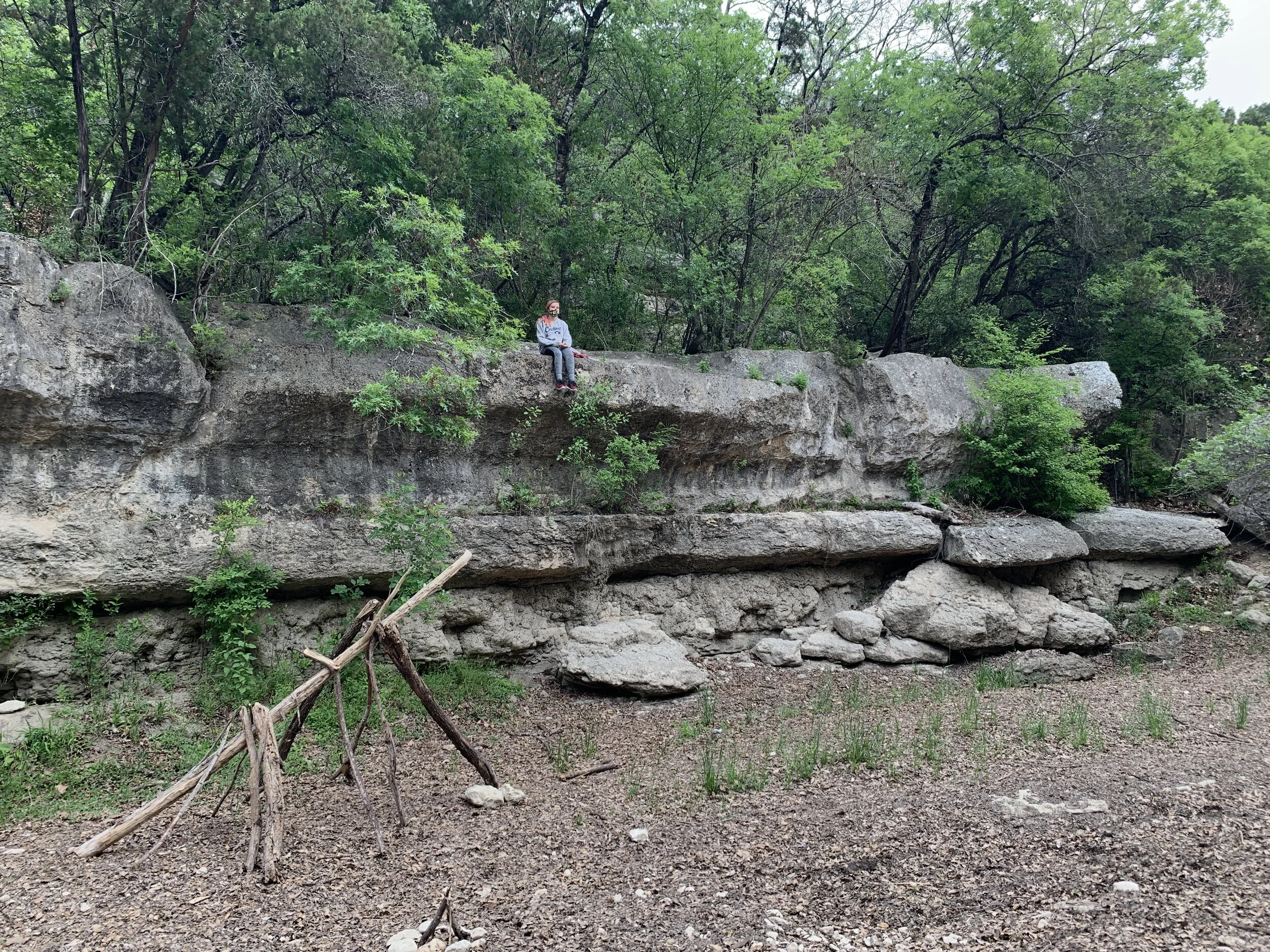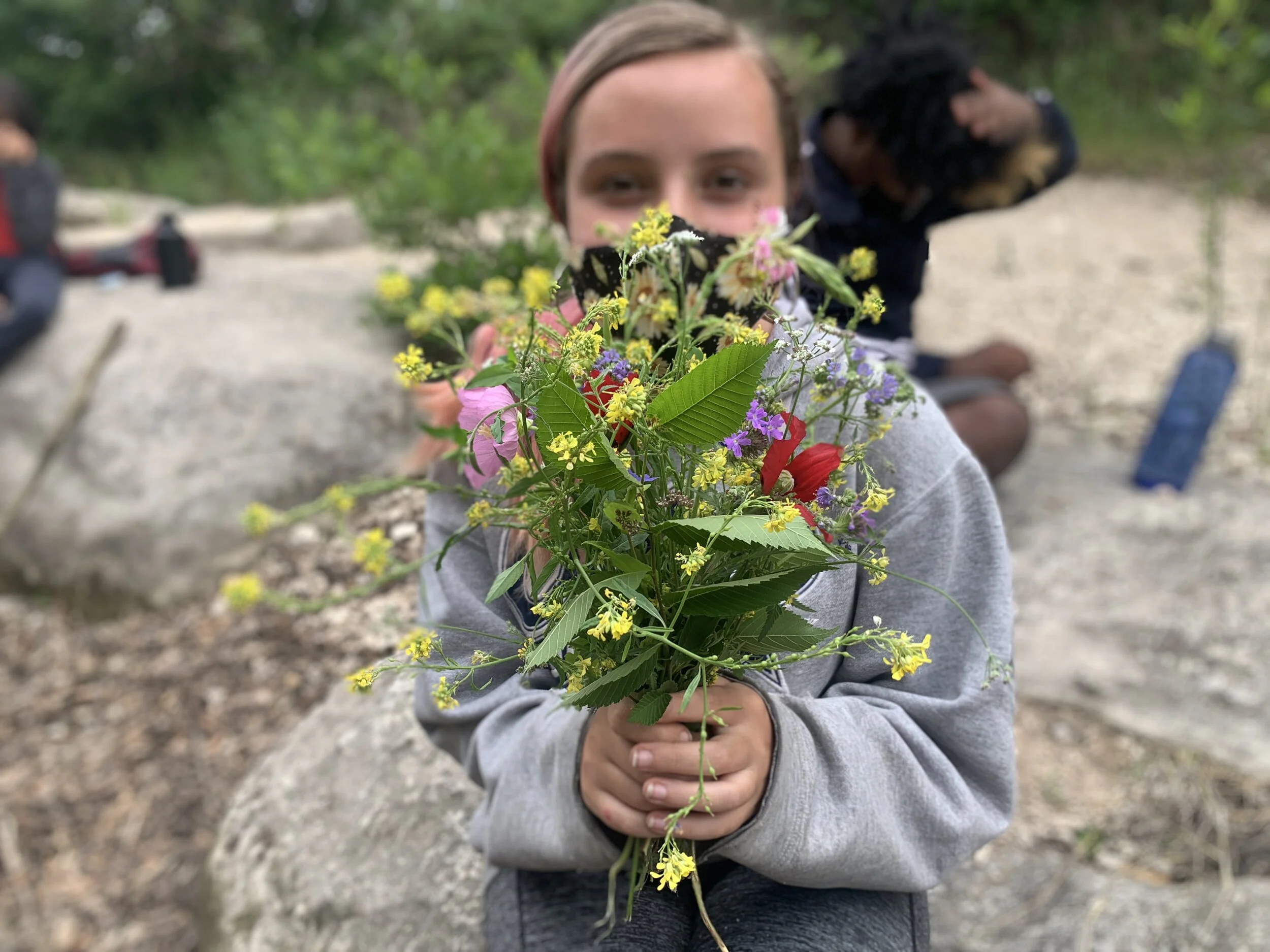The question is an interesting one, because it doesn't ask who we are supposed to be comparing homeschool students to. I will assume that you are comparing homeschoolers to traditional, public schooled students. I will also assume that by "top universities" you mean the Harvards and Stanfords of the world. I'll also assume that you are comparing homeschoolers with no admissions hooks (e.g., development, legacy, faculty children, recruited athletes) to public schoolers with no admissions hooks.
In that case, no, homeschoolers do not have a tougher time getting into top universities. In fact, they have an easier time getting in. Let me explain. Getting into these schools from a traditional public school is extremely difficult. After you take out all of the admits from private schools, the select top public schools that only those who live in very affluent areas can attend, and the elite public magnet schools, you have a minority of spots left in each class. Then you should also discount international admits (~10%). Yet, the overwhelming majority of students who aspire to go to the Harvards and Stanfords go to regular public schools which rarely send even one student to a top school in any given year.
So which students from these no-name public schools are going to fill out the rest of the class? Discount first, the recruited athletes, a sizable segment of the public school admits. Discount, as well, diversity cases, those applicants that fill unique demographic buckets (e.g., students from the North Slope of Alaska). The number of slots left in these classes for typical public school students is tiny, and the competition is intense. Those who are competing for the remaining slots are all those valedictorians with perfect GPAs and 1600 SATs that are going to get rejected. (75 percent of the high-school valedictorians who apply to Harvard don't get in [2010]; 69 percent of Stanford's applicants over the past five years with SATs of 2400—the highest score possible—don't get in [2013]) Standing out in that crowd requires a level of neurotic dedication to academics and extracurriculars that leaves the applicants burnt out, often times hating their educational experiences, and with an unwillingness to experiment or take risks in life because they can't afford to slip up - not a single quiz can be anything less than an A+.
These people who can rise to the top and get an acceptance from a top school are a tiny sliver of a huge, overcrowded public school population. Compare a very good student in this cohort to what they would be if they were homeschooled, and it becomes apparent that the chances that they would be accepted increase substantially as a homeschool applicant.
Let's first ignore the typical stereotypes. Public schooled kids are horribly socialized, and homeschool kids will more often look you in the eyes when talking to you. And the kids who are homeschooled for the purpose of convincing them that the world is only 6,000 years old are not often the ones who are applying to Harvard or Stanford.
As a homeschooler, the adolescent who would have been a "very good" student in a public school is now freed from the arbitrary time sink of school. No longer are they required to be at a particular building for seven hours a day, 180 days a year, for 13 years of their lives. No longer do they have to spend hundreds of hours, collectively, each year in homeroom, study hall, physical education, lunch, or walking between classes or waiting at a desk for class to start. All that time can instead be transferred to engaging in amazing learning experiences that allow the learner to become an expert, or to develop a skill that allows them to stand out in society, or to start a business, or to travel, or to start a social enterprise, or to engage in research.
Additionally, without being restricted to a set course catalog which caters to the needs of politicians, bureaucrats and administrators, homeschool students are free to engage in the learning that is most meaningful to them. Not only does that allow for amazing learning experiences as referenced before, but it also allows the homeschooler to feel as though they are in control of their education, that they have autonomy (assuming the parents are not bringing traditional schooling tactics such as required classes or worksheets into the home). That autonomy results in higher levels of intrinsic motivation to learn and a stronger love for learning.
Such a learning mindset is not invisible to admissions committees. They need to sort through tens of thousands of applications. With so many people applying for so few spots, they cannot rely on GPAs and SATs to cull the herd. They need to identify those rare individuals who love to learn, who will increase the intellectual environment of the university, and who have the type of learning mindset that will allow them to be successful post-university, no matter what path they decide to go down. For those students who go to public high schools, they may try to demonstrate that mindset through taking the most difficult course load available, getting a 4.0, and taking a bunch of AP or SAT II tests. But none of those actions actually demonstrate intellectual vitality. Homeschoolers, meanwhile, can demonstrate that mindset every day. They choose what they study, they identify where they want to dive deep, and they have the opportunity to create outputs that are far more advanced than that of a high school student who spends 35 hours a week at school and another 35 hours a week doing homework or extracurricular activities.
And the crazy thing is that homeschoolers who have control over their education have less stress and they enjoy their learning much more than their public schooled peers.
What blows my mind is that so many parents continue to send their kids to conventional, public [or private] schools.
Note: this was originally posted seven years ago on Quora as a response to the question that is the title of this essay. Minor edits made for word choice, grammar, or spelling; or to bring the post current to 2023.
Cover image by OpenClipart-Vectors from Pixabay



